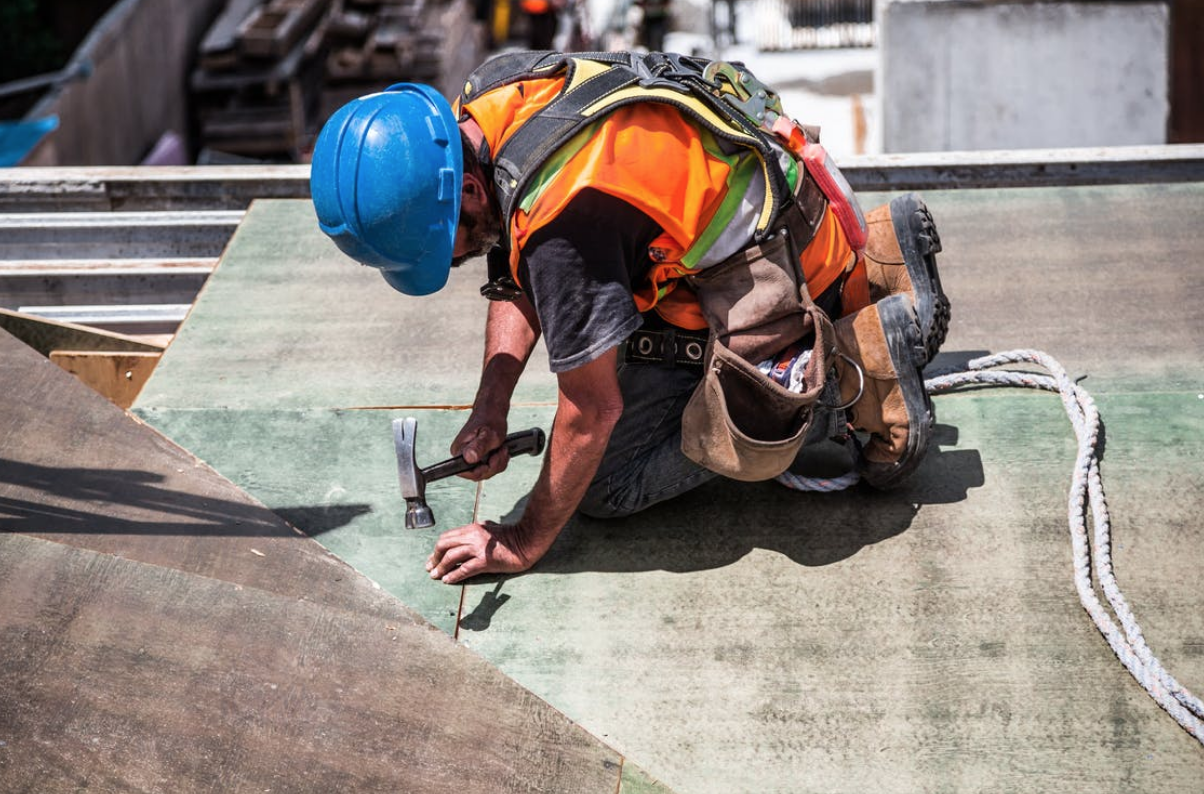Getting a new roof for your home can seem like a daunting task. After all, there are so many options out there, from materials to colours, local Durham roofers to national chains. On top of that, you want to choose the right one which will serve you a lifetime, suit your budget, and suit your aesthetics.

Therefore, when you are in need of a new roof, here is an ultimate guide to the different roofing materials that you might choose for your home.
Membrane roofing:
Membrane roofing is a great choice for flat or low-pitched roofs. These membranes can be made from neoprene, PVC, and many more, but the best membrane is EDPM rubber.
Rubber
EDPM is a durable and flexible synthetic rubber. This rubber roofing membrane is usually used on flat roofs and can be custom made to any size. Large sheets are rolled onto a roof, which means there are less seams where water might infiltrate the roof.
Its chemical properties mean that it can withstand temperature variations and return to its original shape after stretching for decades.
Tiles or Shingles:
Wood
Wooden shingles are most commonly made from cedar, but they can also be made using redwoods, as long as they are resistant to rot. Depending on the climate of your hometown, wooden roofs can react differently, and so the average lifespan varies greatly.
Asphalt
Asphalt shingles are made from organic paper fiber mat or fiberglass, which has been made stronger with asphalt and coated in sand-like mineral granules. However, this means that the quality of the shingles can vary depending on their composition.
Clay
Clay tiles can come either glazed or unglazes, typically left in its reddish orange colouring. Although they are made using naturally occurring materials, as they are fired in a kiln, they use a lot of energy being made.
Concrete
Similarly, concrete tiles also require lots of energy in the manufacturing process despite being made from natural materials. However, concrete tiles are usually less expensive than their clay counterparts.
Metal
Metal roofs aren’t just the cheap corrugated roofs you commonly see on sheds. In fact, metal roofs are very practical in areas of heavy snowfall, and they can look very chic and modern. These roofs are usually made with either steel, aluminium, copper, or zinc, and can be recycled after it has run its course.
Slate
Slate has been an excellent choice for homeowners for hundreds of years. In fact, you can see many old houses with their original roofs still standing strong. This rightfully makes slate the most long-lasting natural building material of them all.
Other than performance, one of slate’s benefits is its aesthetics. Slate has a deep natural colour, with added texture and grain, which can deliver a clean yet striking look to your home. When you opt for a slate roof, your roof will stand tall and sturdy for at least 150 years.
These materials might be the most common roofing materials, but your roofer may be able to offer more specialized or bespoke options. However, you can follow this ultimate guide to roofing materials to make sure that you have all the information you need to find the perfect roof.



Leave a Reply